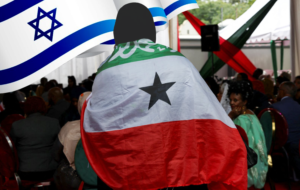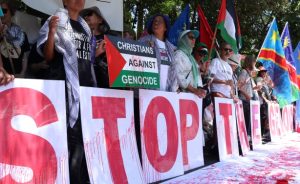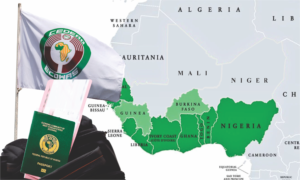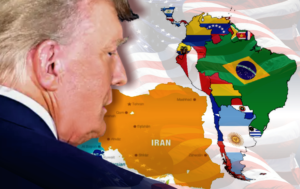Israel pauses fighting in three Gaza regions as concerns about hunger grow
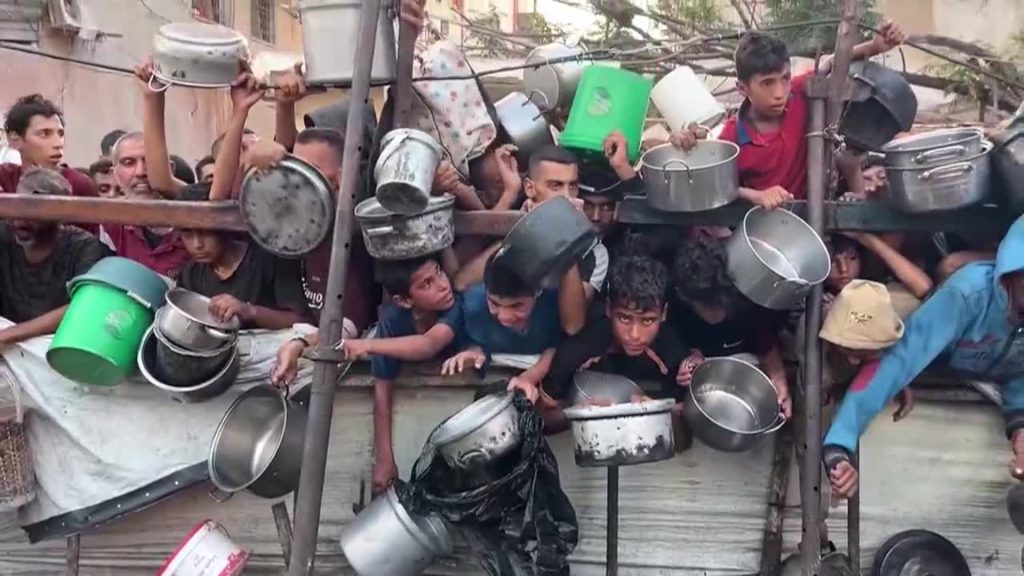
Strategic Pause or Symbolic Gesture? Israel Halts Fire in Gaza Amid Hunger Crisis and Global Pressure
![]()
![]()
The Israeli military’s announcement of a daily 10-hour tactical pause in key Gaza locations marks a significant development in the nearly two-year-long conflict. Set in Gaza City, Deir al-Balah, and Muwasi – regions heavily burdened by displacement and civilian suffering—the pause, effective from 10 a.m. to 8 p.m. local time, appears to be a tactical concession to escalating international outcry and humanitarian concern.
With Gaza facing acute food insecurity, the move is framed as a means to “increase the scale of humanitarian aid”—a pressing issue as relief agencies report near-famine conditions in several areas. In addition to facilitating ground-based aid via designated safe corridors, Israel has begun airdropping essential supplies including flour, sugar, and canned goods.
However, the limited nature of the pause raises questions: Will aid truly reach those in most desperate need? Can this measure lead to more sustainable ceasefire discussions? Or is it a short-term response to international scrutiny rather than a shift in policy?
As the conflict enters its 22nd month, the humanitarian and diplomatic implications of this “pause” remain unfolding.
Israel has restricted aid to Gaza throughout the war
The local pause in fighting came days after ceasefire efforts between Israel and Hamas appeared to be in doubt. On Friday, Israel and the U.S. recalled their negotiating teams, blaming Hamas, and Israel said it was considering “alternative options” to ceasefire talks with the militant group.
Senior Hamas official Mahmoud Merdawi said that Israel’s change of tack on the humanitarian crisis amounted to an acknowledgement that there were starving Palestinians in Gaza and that the move was meant to improve its international standing and not save lives.
He said that Israel “will not escape punishment and will inevitably pay the price for these criminal practices.”
After ending the latest ceasefire in March, Israel cut off the entry of food, medicine, fuel and other supplies completely to Gaza for 2 ½ months, saying it aimed to pressure Hamas to release hostages.
Under international pressure, Israel slightly eased the blockade in May. Since then, it has allowed in around 4,500 trucks for the U.N. and other aid groups to distribute. The average of 69 trucks a day, however, is far below the 500 to 600 trucks a day the U.N. says are needed for Gaza. The U.N. says it has been unable to distribute much of the aid because hungry crowds and gangs take most of it from its arriving trucks.
As a way to divert aid delivery away from the U.N.’s control, Israel has backed the U.S.-registered Gaza Humanitarian Foundation, which in May opened four centers distributing boxes of food supplies. More than 1,000 Palestinians have been killed by Israeli forces since May while trying to get food, mostly near those new aid sites, the U.N. human rights office says.
Israel has railed against the U.N. throughout the war, saying that its system allowed Hamas to steal aid. The U.N. denies that claim and says its delivery mechanism was the best way to bring aid to Palestinians.
The military said the new steps were made in coordination with the U.N. and other humanitarian groups. There was no immediate comment from the U.N.
Much of Gaza’s population, squeezed by fighting into ever tinier patches of land, now relies on aid.
Israel said the new measures were taking place while it continues its offensive against Hamas in other areas. Ahead of the pause, health officials in Gaza said at least 16 Palestinians were killed in separate strikes.
“This (humanitarian) truce will mean nothing if it doesn’t turn into a real opportunity to save lives,” said Dr. Muneer al-Boursh, director general of Gaza’s Health Ministry, who called for a flood of medical supplies and other goods to help treat child malnutrition. “Every delay is measured by another funeral.”
At least 16 Palestinians killed in latest strikes, health officials say
One strike hit a tent sheltering a displaced family in the Asdaa area, northwest of the southern city of Khan Younis, killing at least nine people, according to Nasser Hospital. The dead included a father and his two children, and another father and his son, the hospital said.
In Gaza City, a strike hit an apartment late Saturday in the city’s western side, and killed four people, including two women, said the Health Ministry’s ambulance and emergency service. Four others were wounded, it said.
Another strike killed a couple and a woman in the central town of Deir al-Balah early Sunday, according to the Al-Aqsa Martyrs hospital. The strike hit a tent close to a desalination plant, it said.
The Israeli military had no immediate comment on the strikes. It announced Sunday that another two soldiers were killed in Gaza, bringing the total number of soldiers killed since Oct. 7, 2023, to 898.
The war began with Hamas’ October 2023 attack on southern Israel, when militants killed 1,200 people, mostly civilians, and took 251 hostages. Hamas still holds 50 hostages, more than half of them believed to be dead.
Israel’s retaliatory offensive has killed more than 59,700 Palestinians, according to Gaza’s Health Ministry. Its count doesn’t distinguish between militants and civilians, but the ministry says that more than half of the dead are women and children. The ministry operates under the Hamas government. The U.N. and other international organizations see it as the most reliable source of data on casualties.


